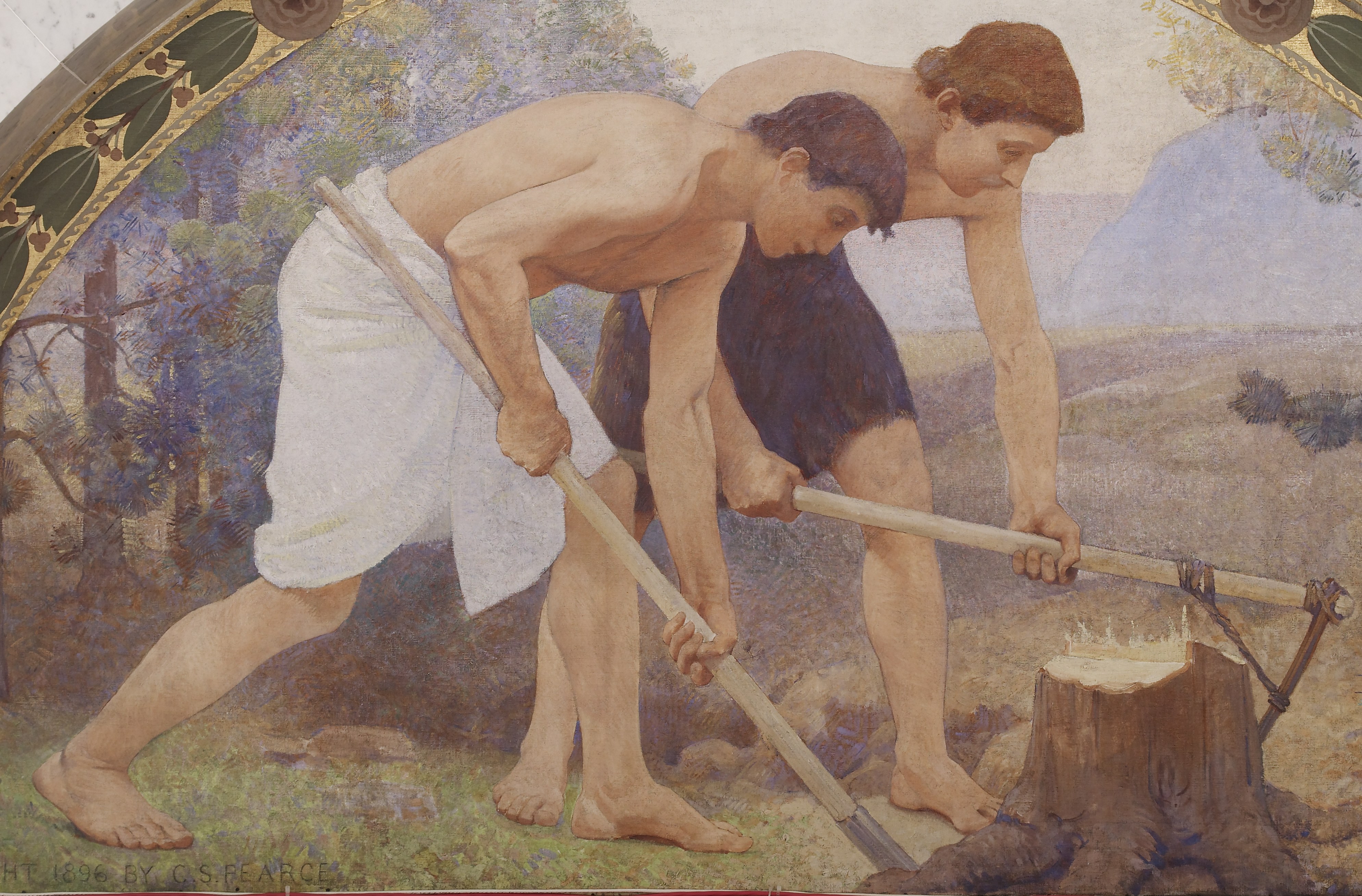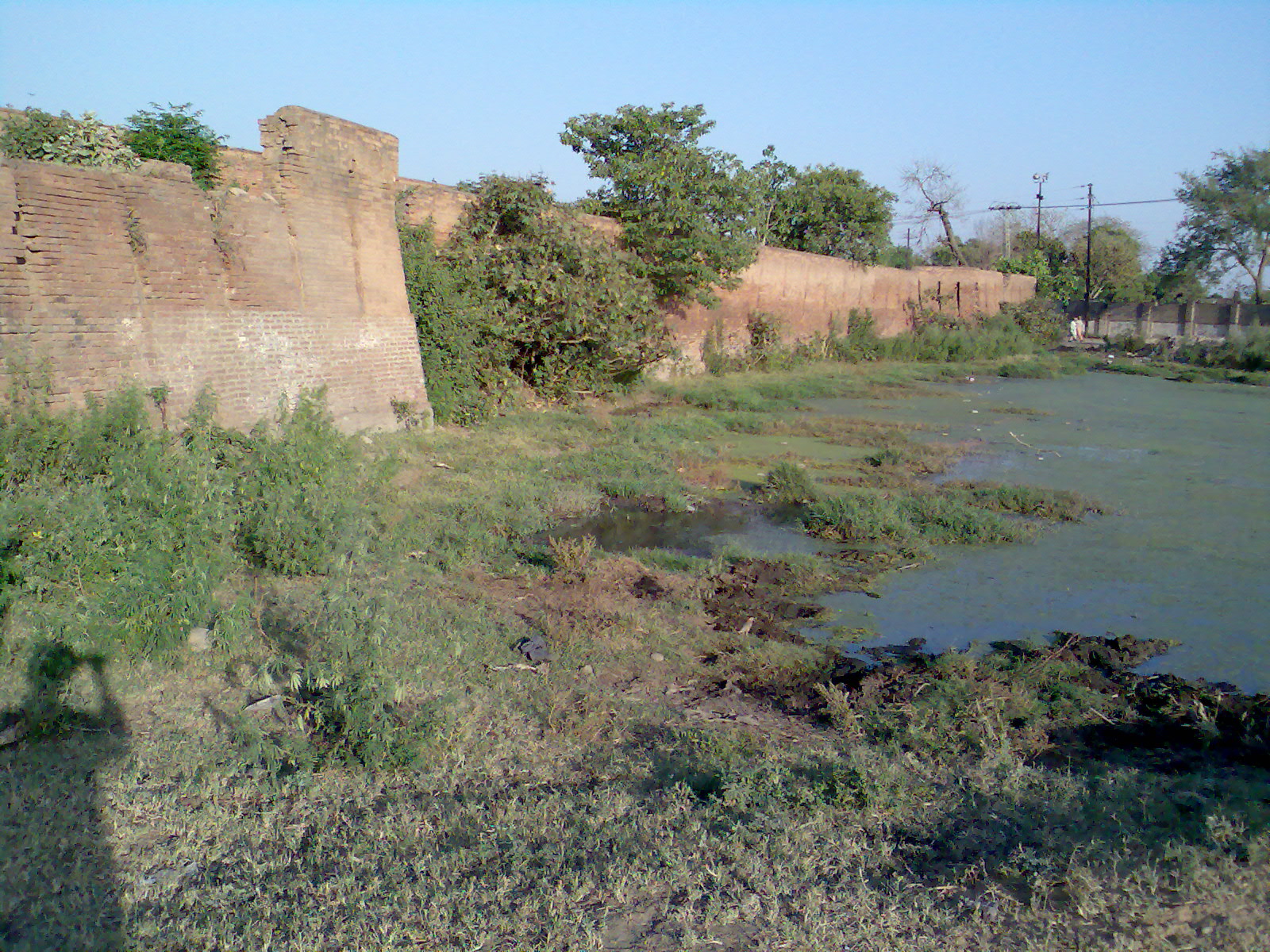|
Dhangri
Dhangri is a small village situated near Chakswari in the Mirpur District of Azad Kashmir. The closest airport is ISB - Islamabad Chaklala, located 87.7 km north of Dhangri."Dhangri Mirza (Punjab, Pakistan)." Nona.net. September 15, 2006. 5 June 2008 . It is just further from the village of Brutiyan and about 15–20 minutes away from Dudial. Dhangri has a relatively small population with most of the inhabitants doing manual labor Manual labour (in Commonwealth English, manual labor in American English) or manual work is physical work done by humans, in contrast to labour by machines and working animals. It is most literally work done with the hands (the word ''manual'' ... on very low pay. However, almost 75% of the inhabitants of Dhangri moved to England or other European countries in the 1960s, where they have settled with growing families. Dhangri Mosque Dhangri has a large mosque that is currently undergoing development. Tribes Dhangri is host to many differen ... [...More Info...] [...Related Items...] OR: [Wikipedia] [Google] [Baidu] |
Village
A village is a clustered human settlement or community, larger than a hamlet but smaller than a town (although the word is often used to describe both hamlets and smaller towns), with a population typically ranging from a few hundred to a few thousand. Though villages are often located in rural areas, the term urban village is also applied to certain urban neighborhoods. Villages are normally permanent, with fixed dwellings; however, transient villages can occur. Further, the dwellings of a village are fairly close to one another, not scattered broadly over the landscape, as a dispersed settlement. In the past, villages were a usual form of community for societies that practice subsistence agriculture, and also for some non-agricultural societies. In Great Britain, a hamlet earned the right to be called a village when it built a church. [...More Info...] [...Related Items...] OR: [Wikipedia] [Google] [Baidu] |
Chakswari
Chakswari (Urdu: ), also known as Chaksawari, is a Tehsil in the Mirpur District of Azad Kashmir, Pakistan. It comprises 15 Union Councils of Pakistan, Union councils including the Islamgarh Municipal Committee. Amongst the primary affectees of the Mangla Dam upraising project were Chakswari and Islamgarh. Chakswari is 26 miles or 41.84 km from Mirpur, Pakistan, Mirpur. The political constituency code for Chakswari and Islamgarh is LA-2. Chakswari is rapidly becoming an economic hub and commercial area of the district. Within Chakswari, the most prominent villages are Ladhar, Chak,Nagyal, and Kalyal. History During the 1947 Poonch rebellion which subsequently led to the First Kashmir War, the town was a strategic location for the Muslim rebels who styled themselves as the ''Azad Army''. It was captured and thus became a part of Pakistan. With the advent of the Mangla Dam project, like most villages of Mirpur district; people of Kalyal migrated to the UK and other count ... [...More Info...] [...Related Items...] OR: [Wikipedia] [Google] [Baidu] |
Mirpur District
The Mirpur District ( ur, ) is one of the 10 districts of Pakistan's dependent territory of Azad Kashmir. The Mirpur District is bounded on the north by the Kotli District, on the east by the Bhimber District, on the south by the Gujrat District of Pakistan's Punjab Province, on the south-west by the Jhelum District of Pakistan's Punjab Province, and on the west by Rawalpindi District of Pakistan's Punjab Province. The district is named after its main city, Mirpur. The Mirpur District has a population of 456,200 and covers an area of . The district is mainly mountainous with some plains. The Mirpur District has a humid subtropical climate which closely resembles that of the Gujrat District and the Jhelum District, the adjoining districts of Pakistan's Punjab Province. History During the British Raj, the Mirpur District was one of the five districts of the Jammu Province in the princely state of Jammu and Kashmir. According to the 1941 census, the it had a populat ... [...More Info...] [...Related Items...] OR: [Wikipedia] [Google] [Baidu] |
Azad Kashmir
Azad Jammu and Kashmir (; ), abbreviated as AJK and colloquially referred to as simply Azad Kashmir, is a region administered by Pakistan as a nominally self-governing entitySee: * * * and constituting the western portion of the larger Kashmir region, which has been the subject of a dispute between India and Pakistan since 1947.The application of the term "administered" to the various regions of Kashmir and a mention of the Kashmir dispute is supported by the tertiary sources (a) and (b), reflecting due weight in the coverage: (a) (subscription required) Quote: "Kashmir, region of the northwestern Indian subcontinent ... has been the subject of dispute between India and Pakistan since the partition of the Indian subcontinent in 1947. The northern and western portions are administered by Pakistan and comprise two areas: Azad Kashmir, Gilgit- Baltistan, the last being part of a territory called the Northern Areas. Administered by India are the southern and southeastern por ... [...More Info...] [...Related Items...] OR: [Wikipedia] [Google] [Baidu] |
Manual Labor
Manual labour (in Commonwealth English, manual labor in American English) or manual work is physical work done by humans, in contrast to labour by machines and working animals. It is most literally work done with the hands (the word ''manual'' coming from the Latin word for hand) and, by figurative extension, it is work done with any of the muscles and bones of the human body. For most of human prehistory and history, manual labour and its close cousin, animal labour, have been the primary ways that physical work has been accomplished. Mechanisation and automation, which reduce the need for human and animal labour in production, have existed for centuries, but it was only starting in the 18th and 19th centuries that they began to significantly expand and to change human culture. To be implemented, they require that sufficient technology exist and that its capital costs be justified by the amount of future wages that they will obviate. Semi-automation is an alternative to worke ... [...More Info...] [...Related Items...] OR: [Wikipedia] [Google] [Baidu] |
Jats
The Jat people ((), ()) are a traditionally agricultural community in Northern India and Pakistan. Originally pastoralists in the lower Indus river-valley of Sindh, Jats migrated north into the Punjab region in late medieval times, and subsequently into the Delhi Territory, northeastern Rajputana, and the western Gangetic Plain in the 17th and 18th centuries. Quote: "Hiuen Tsang gave the following account of a numerous pastoral-nomadic population in seventh-century Sin-ti (Sind): 'By the side of the river.. f Sind along the flat marshy lowlands for some thousand li, there are several hundreds of thousands very great manyfamilies ..hichgive themselves exclusively to tending cattle and from this derive their livelihood. They have no masters, and whether men or women, have neither rich nor poor.' While they were left unnamed by the Chinese pilgrim, these same people of lower Sind were called Jats' or 'Jats of the wastes' by the Arab geographers. The Jats, as 'dromedary men.' we ... [...More Info...] [...Related Items...] OR: [Wikipedia] [Google] [Baidu] |
Jhelum
Jhelum ( Punjabi and ur, ) is a city on the east bank of the Jhelum River, which is located in the district of Jhelum in the north of Punjab province, Pakistan. It is the 44th largest city of Pakistan by population. Jhelum is known for providing many soldiers to the British Army before independence, and later to the Pakistan armed forces – due to which it is also known as ''City of Soldiers'' or ''Land of Martyrs and Warriors''. Jhelum is a few miles upstream from the site of the ancient Battle of the Hydaspes between the armies of Alexander and King Porus. Possibly Jhelum City was the capital of Porus' Kingdom, Paurava. A city called Bucephala was founded nearby to commemorate the death of Alexander's horse, Bucephalus. Other notable sites nearby include the 16th-century Rohtas Fort, the Tilla Jogian complex of ancient temples, and the 16th-century Grand Trunk Road which passes through the city. According to the 2017 census of Pakistan, the population of Jhelum was 19 ... [...More Info...] [...Related Items...] OR: [Wikipedia] [Google] [Baidu] |
Punjab
Punjab (; Punjabi: پنجاب ; ਪੰਜਾਬ ; ; also romanised as ''Panjāb'' or ''Panj-Āb'') is a geopolitical, cultural, and historical region in South Asia, specifically in the northern part of the Indian subcontinent, comprising areas of eastern Pakistan and northwestern India. Punjab's capital and largest city and historical and cultural centre is Lahore. The other major cities include Faisalabad, Rawalpindi, Gujranwala, Multan, Ludhiana, Amritsar, Sialkot, Chandigarh, Jalandhar, and Bahawalpur. Punjab grew out of the settlements along the five rivers, which served as an important route to the Near East as early as the ancient Indus Valley civilization, dating back to 3000 BCE, and had numerous migrations by the Indo-Aryan peoples. Agriculture has been the major economic feature of the Punjab and has therefore formed the foundation of Punjabi culture, with one's social status being determined by land ownership. The Punjab emerged as an important agricultura ... [...More Info...] [...Related Items...] OR: [Wikipedia] [Google] [Baidu] |
Gujjar
Gurjar or Gujjar (also transliterated as ''Gujar, Gurjara and Gujjer'') is an ethnic nomadic, agricultural and pastoral community, spread mainly in India, Pakistan and Afghanistan, divided internally into various clan groups. They were traditionally involved in agriculture and pastoral and nomadic activities and formed a large homogeneous group. The historical role of Gurjars has been quite diverse in society, at one end they have been founder of several kingdoms, dynasties, and at the other end, some are still nomads with no land of their own. The pivotal point in the history of Gurjar identity is often traced back to the emergence of a Gurjara kingdom in present-day Rajasthan during the Middle Ages (around 570 CE). It is believed that the Gurjars migrated to different parts of the Indian Subcontinent from the Gurjaratra. Previously, it was believed that the Gurjars had migrated earlier on from Central Asia as well, however, this view is generally considered to be speculativ ... [...More Info...] [...Related Items...] OR: [Wikipedia] [Google] [Baidu] |





